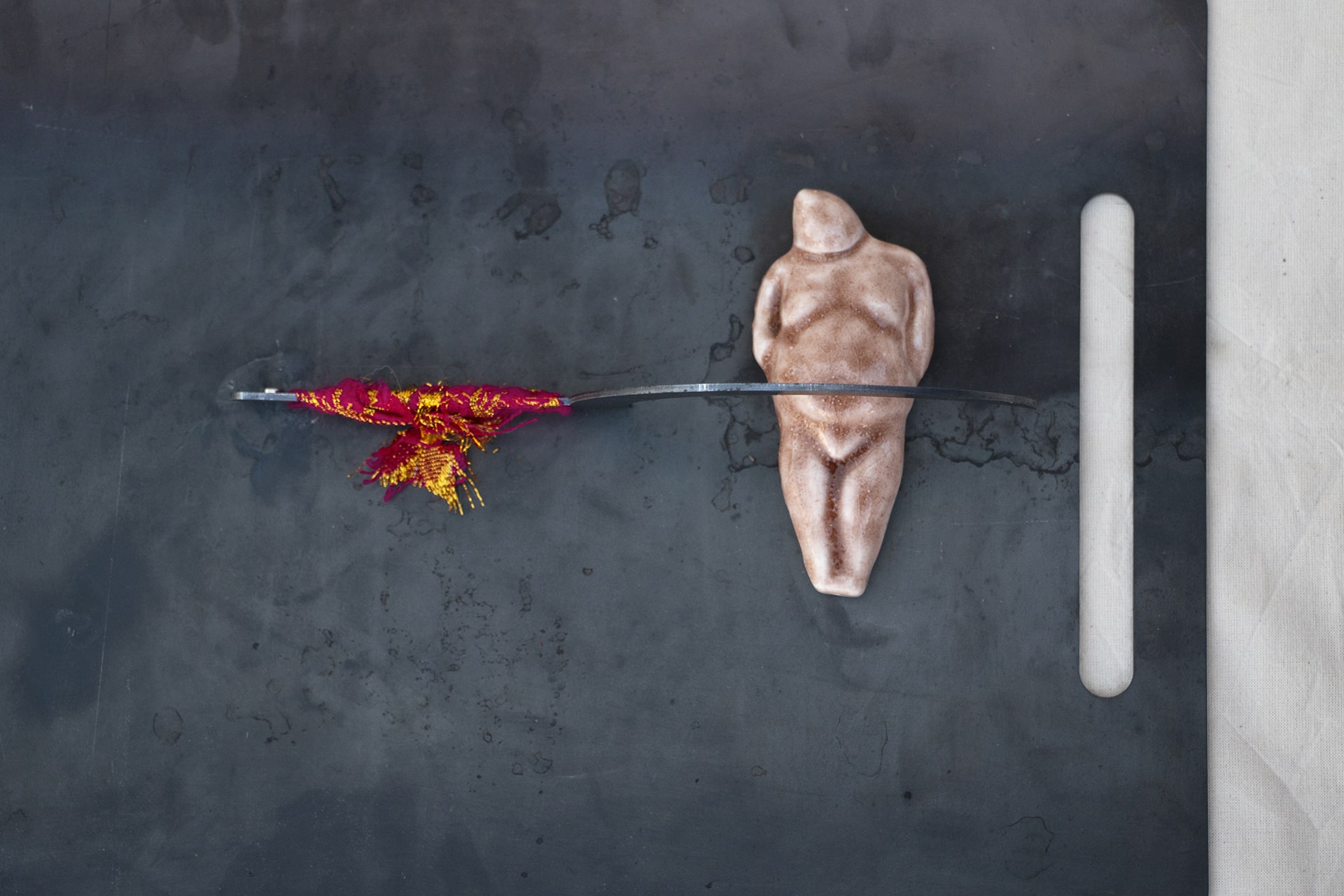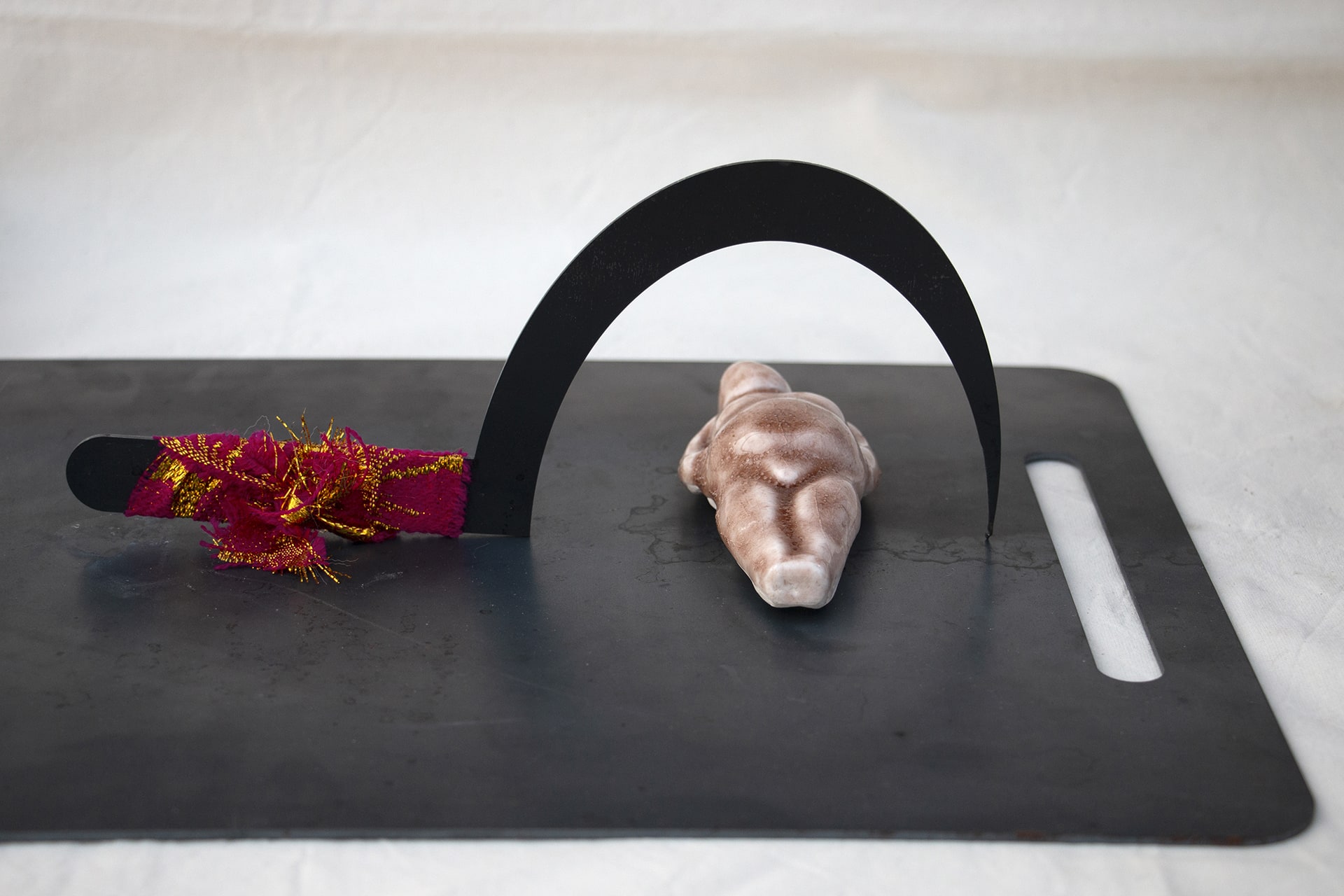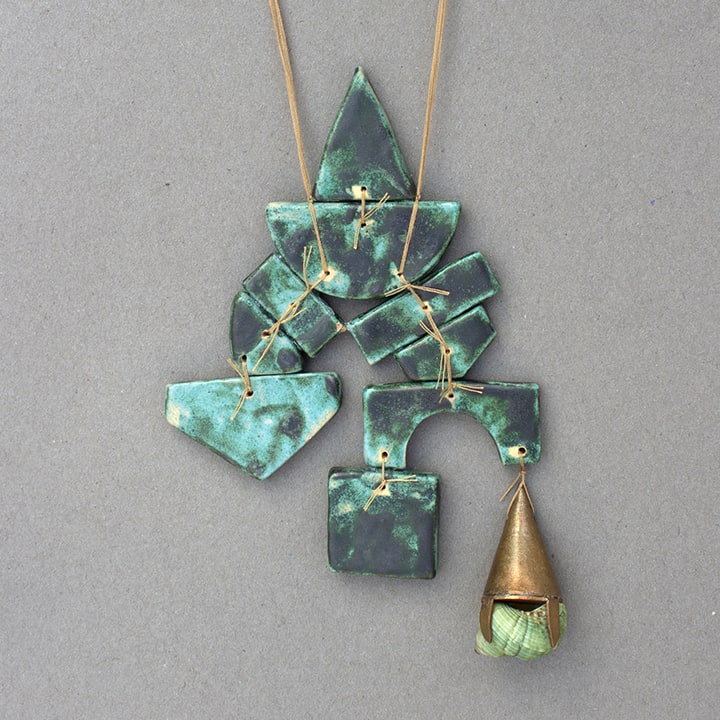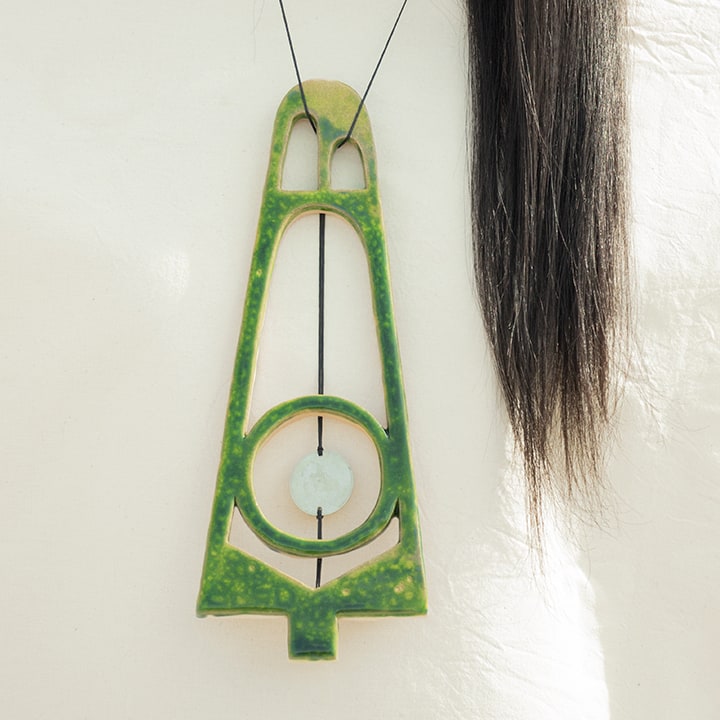Omoldas
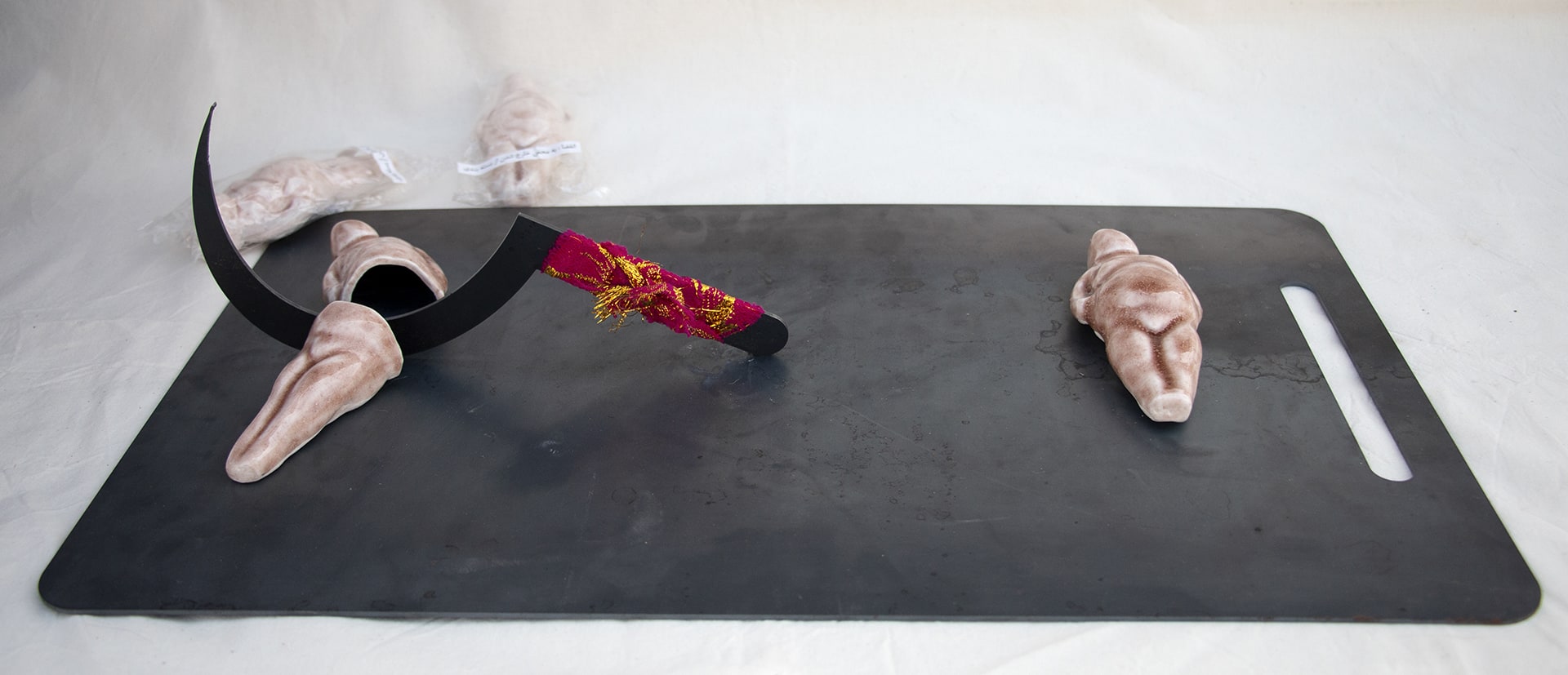
In the harsh nature of southern Iran, Prosopis trees offer shelter to mythical creatures. The dense branches of Prosopis and its ominous shadows on the full moon nights have sparked numerous tales in people’s minds. In these stories, women, children, and faithful men are immune to harm… But an unfaithful man, wandering near one of these trees under the moonlight, becomes prey to “omoldas.” omoldas takes on the form of a woman astonishingly beautiful, with gilded embellishments, an exotic scent, and a charming dress. The unfaithful man falls to her seduction; so blinded that he does not see that the feet of omoldas were made of sickles, sickles that bring death to the cheating man.
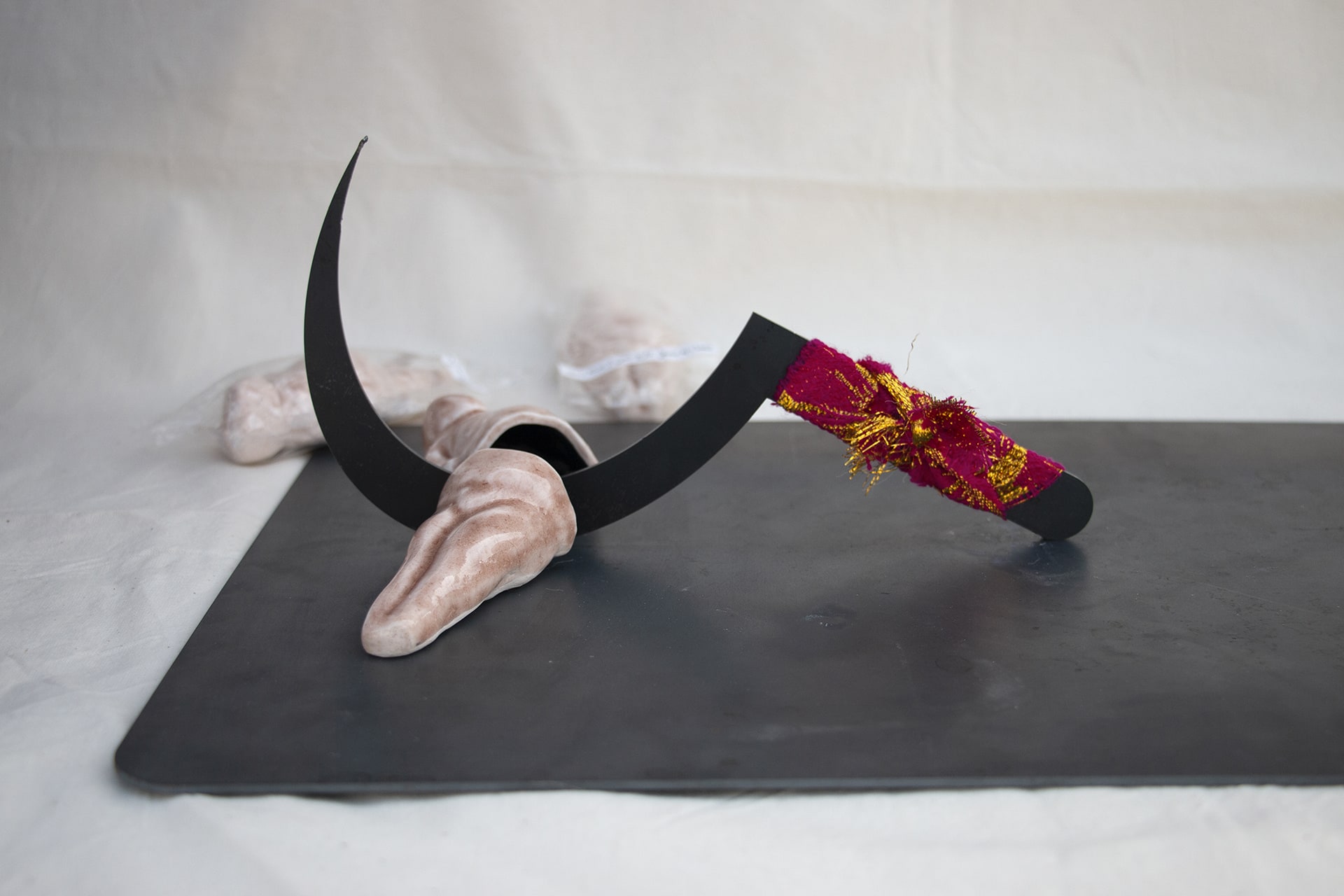
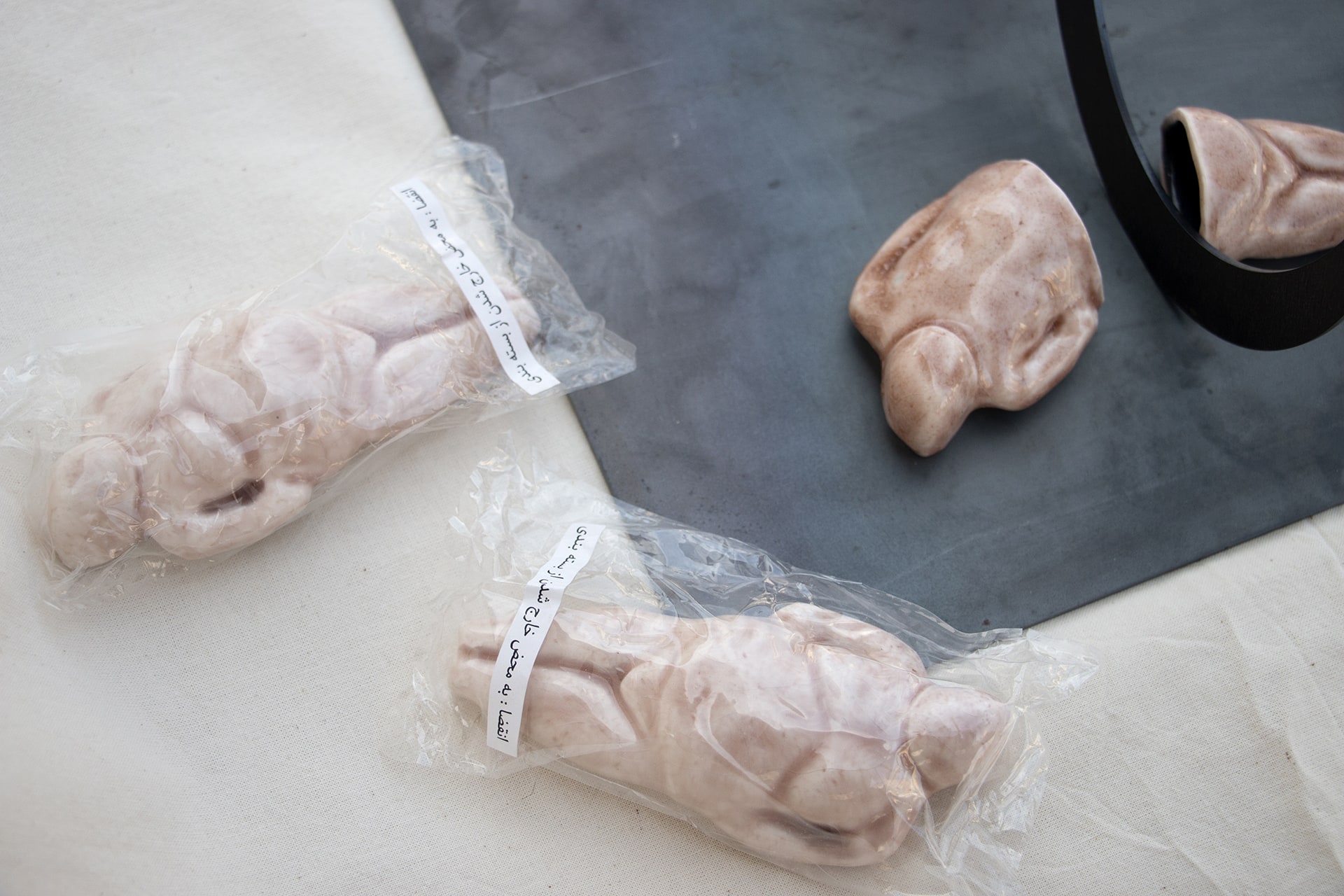
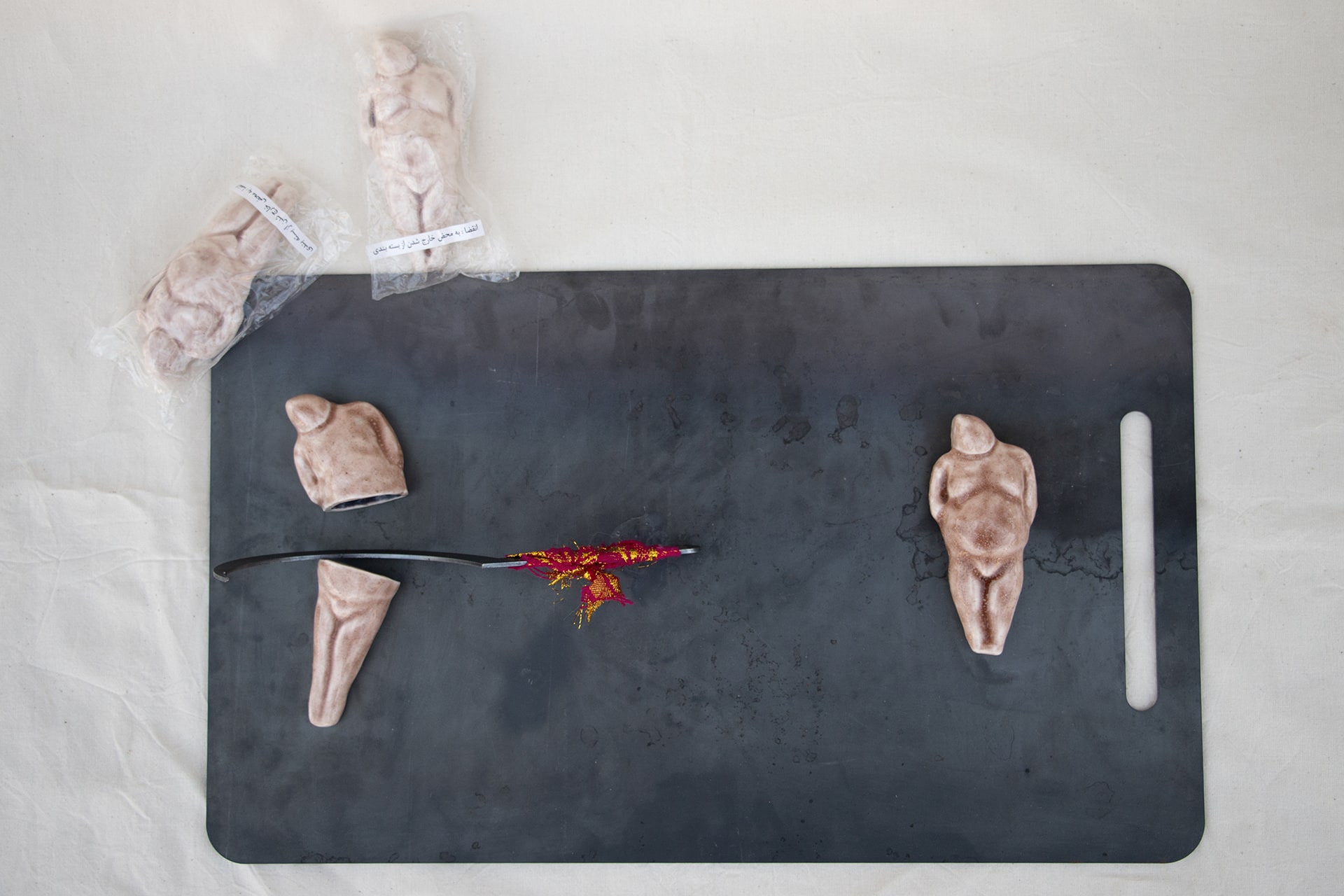
The narrative portrays omoldas as the most sinister and scary creature in the South’s mythology. But is she that dangerous? What if we view the story’s origin from the perspective of traditional women, whose lives were only confined to household chores? In this sense, omoldas is a character that embodies feminine sentiments towards unfaithfulness and offers some sort of remedy in a world that is unjust and cruel to women.
In this work, the ceramic figure’s fate is determined by the metallic sickle on the cutting board. The oscillating sickle can kill the unfaithful figure while also acting as a protective umbrella for the other one. The audience can move the sickle to unfold one of these two outcomes. Hence, making a judgment about omoldas’s motives.

